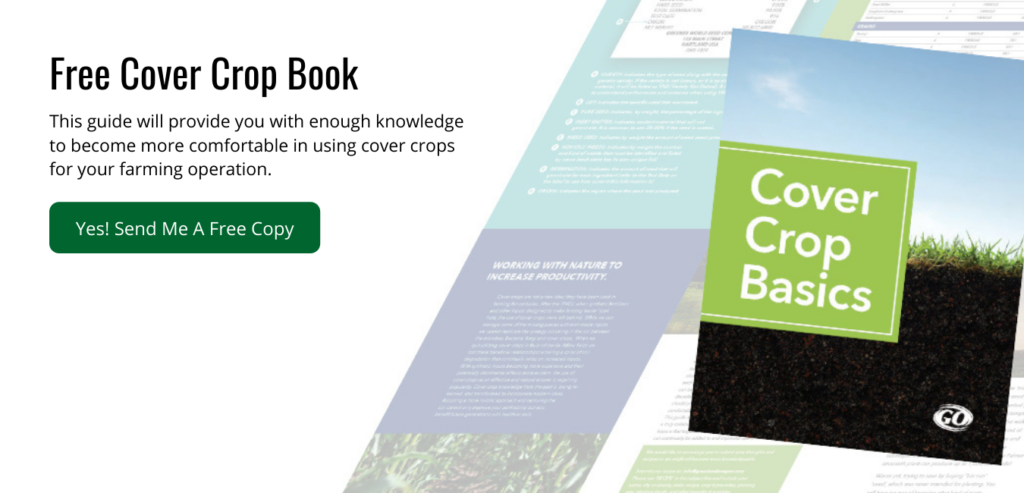Originally Published: 3/4/18 10:05 a.m.
Updated: 2/24/21 10:44 a.m.
Should you over-seed pastures or hayfields with clovers during the winter and early spring months to increase animal performance?
Research across the country strongly suggests renovating pastures does increase animal performance. These grazing studies from across the United States have shown an increase in animal performance when they have been grazed on pastures with ryegrass with clover added to it.
In a 2016 Mississippi State University cattle study, daily live weight gains were recorded on cattle grazing a mixture of Frosty berseem clover and Lonestar annual ryegrass. Frosty extended the grazing period and lowered nitrogen costs by 14%! Cattle grazing the ryegrass + berseem mix gained 0.87 lbs/day more than the straight ryegrass with commercial fertilizer. In the subsequent trial, the grass following the Frosty plots showed an increase in growth and quality.

Four Ways Clovers Benefit Pastures And Hay Fields
Increase Yield
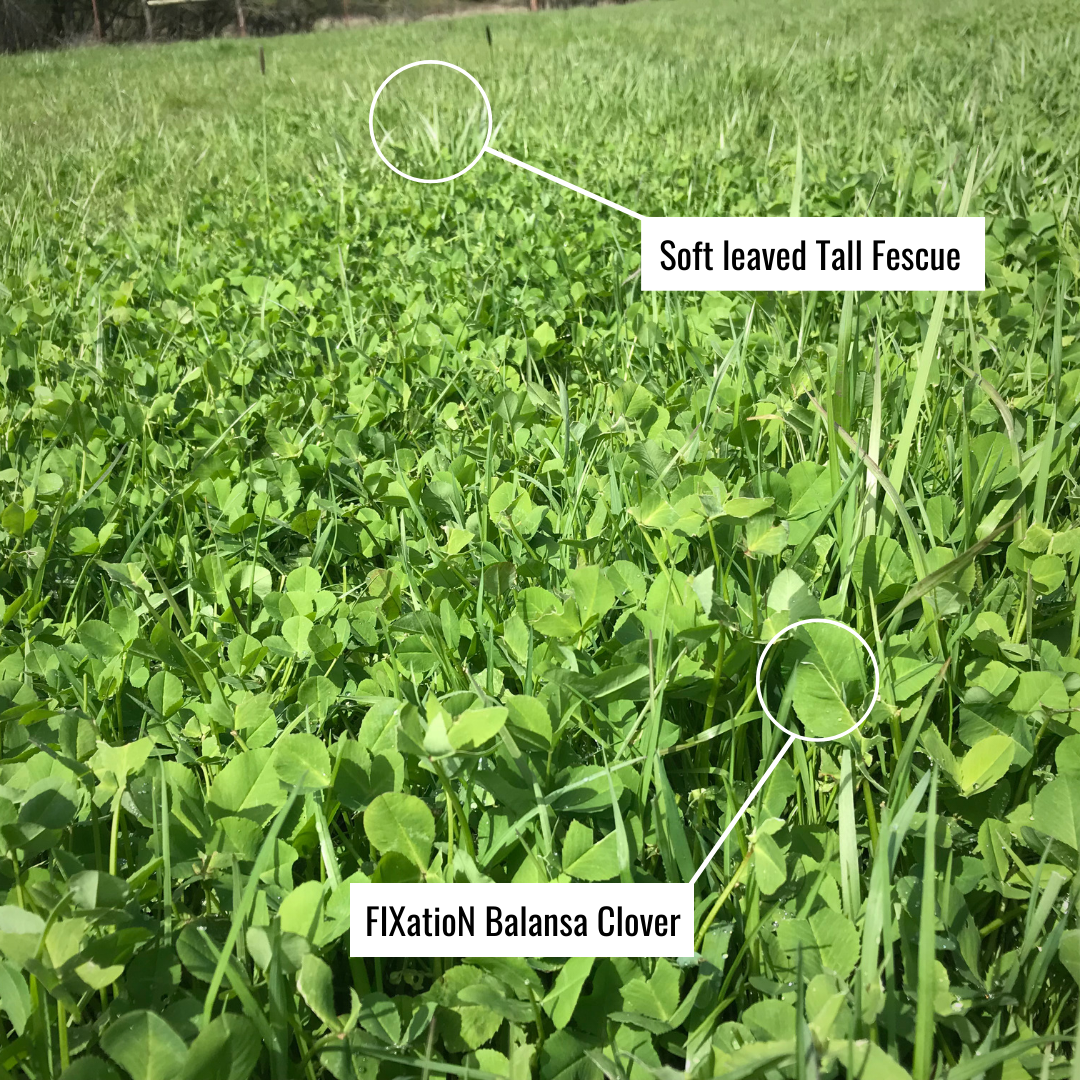
It’s cheap, quick and low risk, helps suppress weeds, and prevents soil erosion.Research has shown that tall fescue and orchardgrass over seeded with clovers to renovate pastures, will produce more forage than a pure tall fescue or orchardgrass pasture fertilized with 60 pounds of nitrogen per acre.
Improve Animal Performance
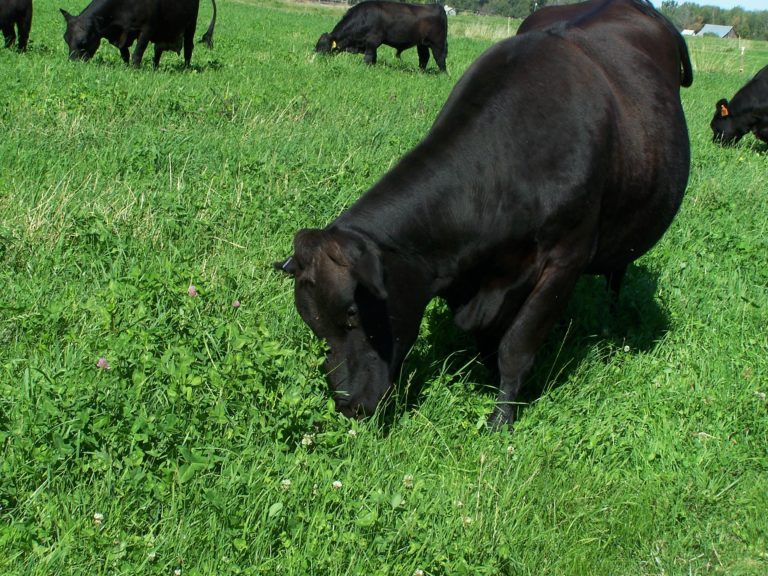
Research has shown that clovers improve animal gains and conception rates. High-quality feed is important for a calf to gain well and for a cow to rebreed after calving. Clovers are more digestible and contain more nutrients than grasses. Their presence in a pasture improves the palatability of the forage, which will increase the amount and quality of the forage the animal consumes.
Nitrogen Fixation

Nitrogen fixation is another characteristic that makes legumes a desirable component of a pasture or hayfield. Not only is the nitrogen available to the legume, but the surrounding grass plants can use this nitrogen when the annual clovers die out. Annual legumes such as Frosty Berseem, Fixation balansa, and Kentucky Pride crimson clover can produce approximately 150 to 200 pounds of nitrogen per acre each year. If nitrogen costs 25 cents per pound, this would be a savings of $37.50 to $50.00 per acre each year.
Extend Grazing Season
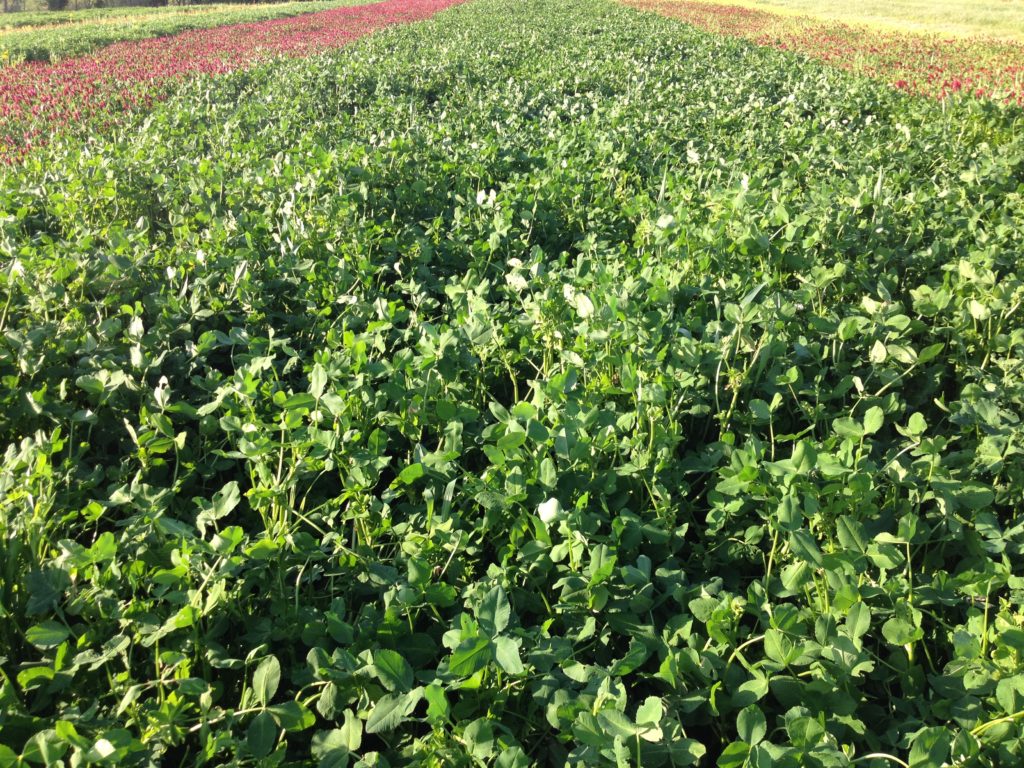
Most of the growth from cool-season grasses such as tall fescue and orchardgrass occurs during the spring and fall. During the summer, high temperatures and drought cause these grasses to slow or stop producing.
Legumes such as white clover and annual clovers (AberLasting, Frosty, Fixation, and Kentucky Pride) can extend the grazing season and provide high-quality pasture that is missing during the summer forage slump in tall fescue or orchardgrass pastures.
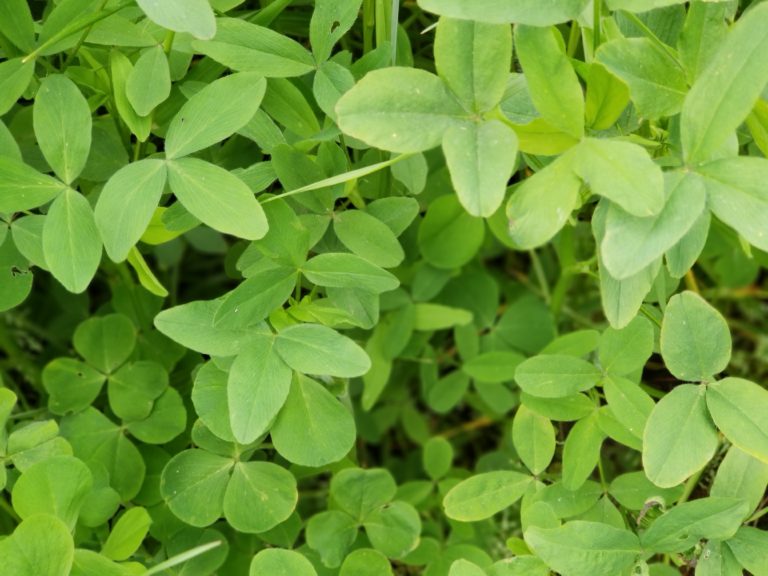
Clover is a valuable addition to any pasture or hay mix. Being in the legume family, they supply lots of high-quality protein, relative feed value, and other nutrients and they’re very palatable, too.
Not All Clovers Are Created Equal
White, red, berseem, balansa, and crimson clovers are safe additions to any pasture or hayfield, but the closely related alsike clover (pictured below) has been connected to health problems in livestock.
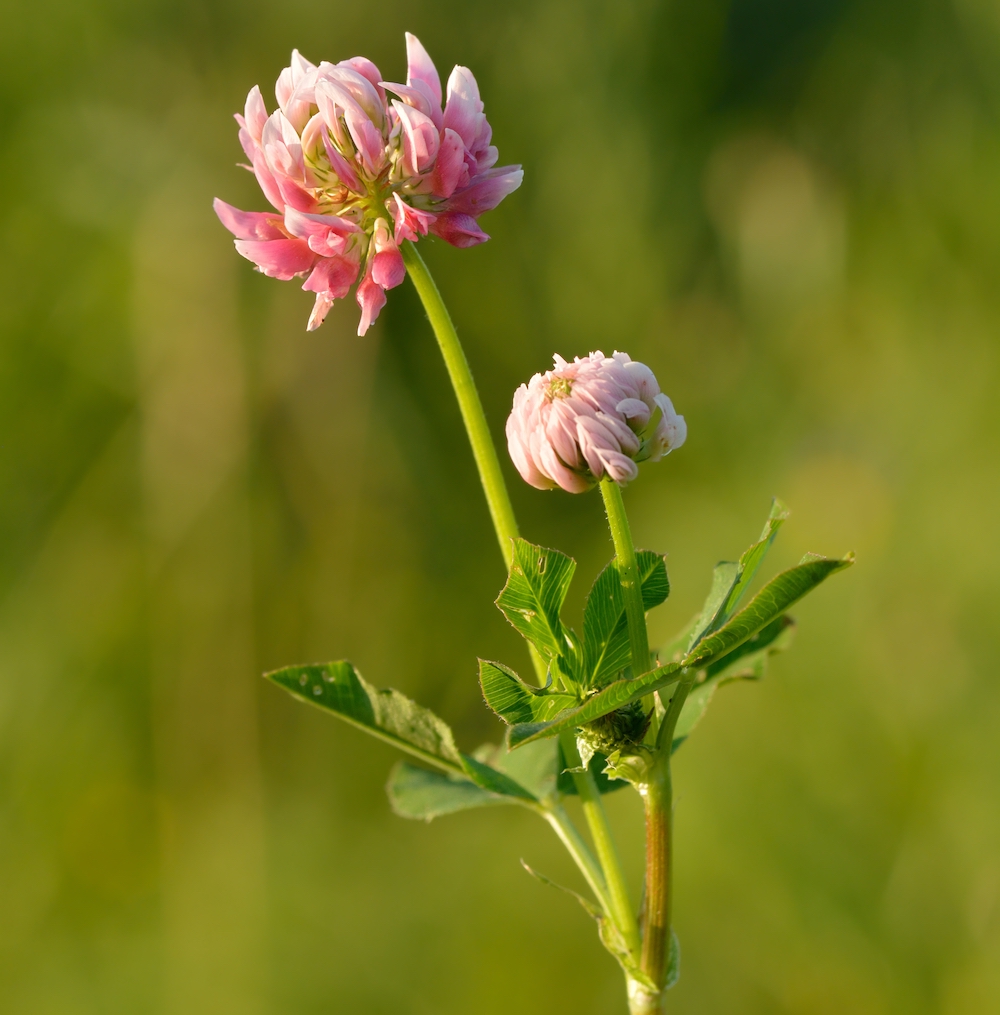
One problem linked to alsike clover is photosensitization. Livestock that ingests alsike clover in the summer months and are exposed to sunlight, can develop red, blistered muzzles and sunburned skin, especially if they have white markings with pink skin underneath their fur.
Early symptoms may include drooling and reluctance to eat, and swelling of the affected animal’s tongue or muzzle. Alsike poisoning can affect cattle, swine, and sheep, but is particularly brutal for horses.
How To Overseed Your Pasture?
Overseeding is a simple, effective, and low-cost way to improve old pastures without tilling and re-seeding. It’s cheap, quick, and low risk, helps suppress weeds, and prevents soil erosion.
To get the best results you can follow our guidelines below.
Survey The Damage
Many fields had weaker than normal forage stands going into the winter. This left many of us wondering how the stands will respond when we get a couple of spring rains that have the potential to turn our green pastures into a muddy mess when the livestock start grazing it.
Part of the explanation for the mess is that the root system of our forages grows in proportion to the top growth. Close frequent grazing, which limits the available top growth, will also affect the growth of the root systems. With limited root growth, it does not take much livestock traffic to really tear up a field. So what can we do to help thicken up our forage stands that have been weakened by this harsh weather?
First estimate the forage stand to determine what restoration options you will need to do. This can be done by using a one-foot square to quantify stand density. Take 10 random one-foot square samples per hayfield or pasture to provide an estimate of the average stand condition. Estimate the amount of bare ground in each square. When you have completed taking these plot counts over the field you probably came away with a feel for whether the field needs help from partial renovation or not. If there is more than 10% bare ground you need to consider some sort of renovation.
Get The Timing Right
The seed is dependent on soil moisture to help it germinate and establish. Good seed-to-soil contact is also vital for establishing a strong seedling stand. There are several approaches to inter-planting into an old pasture. A simple but effective way is to frost seed it, by broadcasting the seed over the ground when it is frozen. As the soil thaws and freezes, the seed will be worked into the ground.
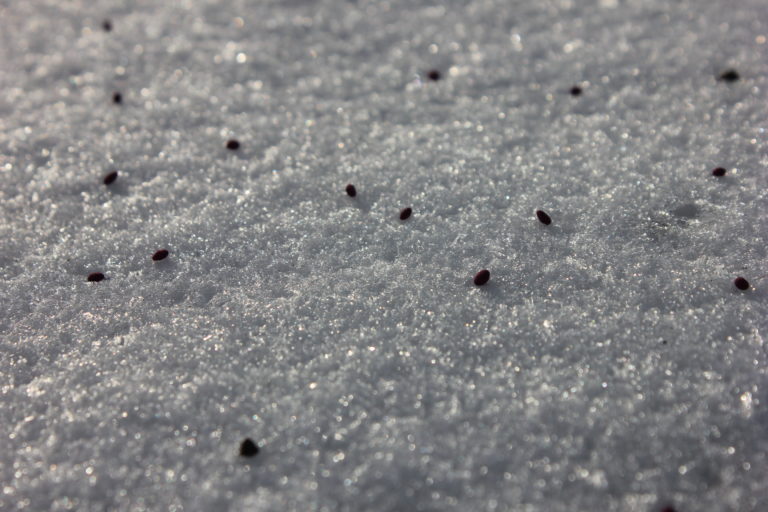
It can also be planted into open pastures when soil temperatures start to get above 52°F. If the pasture sod is dense, it may need to be disked or harrowed to open areas for the seeds to contact the soil to establish.
Seed can also be planted at any point through the summer if there is enough soil moisture.
Aggressive growing pastures should not be seeded during May and June when excessive grass growth will smother any new seedlings.
How To Plant
Seed may be broadcast or drilled into recently grazed or cut pasture. A spinner spreader is good for applying low rates and will distribute clover seed up to 30 feet.

Seed broadcasted into open pastures may have to be worked into the soil with either a harrow. This is good for opening thicker sod pastures. On the other hand, a grass drill can be used and will set the seed right into the soil.
What’s The Best Clover For Cattle Pastures?
The best results come from vigorous strains of tetraploid ryegrass (Albion and Oro Verde). They are quick to establish and ideal for grazing pasturelands. We put our #1 selling Perennial Ryegrass to the test on our Iowa Research Farm. Read Utilizing Perennial Ryegrass For Cattle Pastures.
White and red clovers (Domino, Ladino, AberLasting, Dynamite) usually give good results when sown into warm, moist soils and especially where grazing management is practiced.
Annual Clovers (Frosty, Fixation, Kentucky Pride) can be planted to improve feed quality during the summer slump and can be sown in during the spring.
Do not allow the grass in the field to grow tall and get too mature. Not only will this result in poor-quality pasture or hay, but will result in the shading of the legumes. If the pastures reach 8 to 10 inches tall, either graze them down to 3 to 4 inches or mow them for hay. This will prevent the spring flush of growth from shading the clovers. A good rotational grazing plan will help preserve the clovers.
Legumes should be a component of any pasture or hay field. They help to improve animal performance and reduce the need for nitrogen. Either one of these benefits alone is enough to make legumes profitable in your pasture. With both, it makes them a necessary component of any pasture.
To help you decide on the best forage for your cattle, check out our helpful chart.

